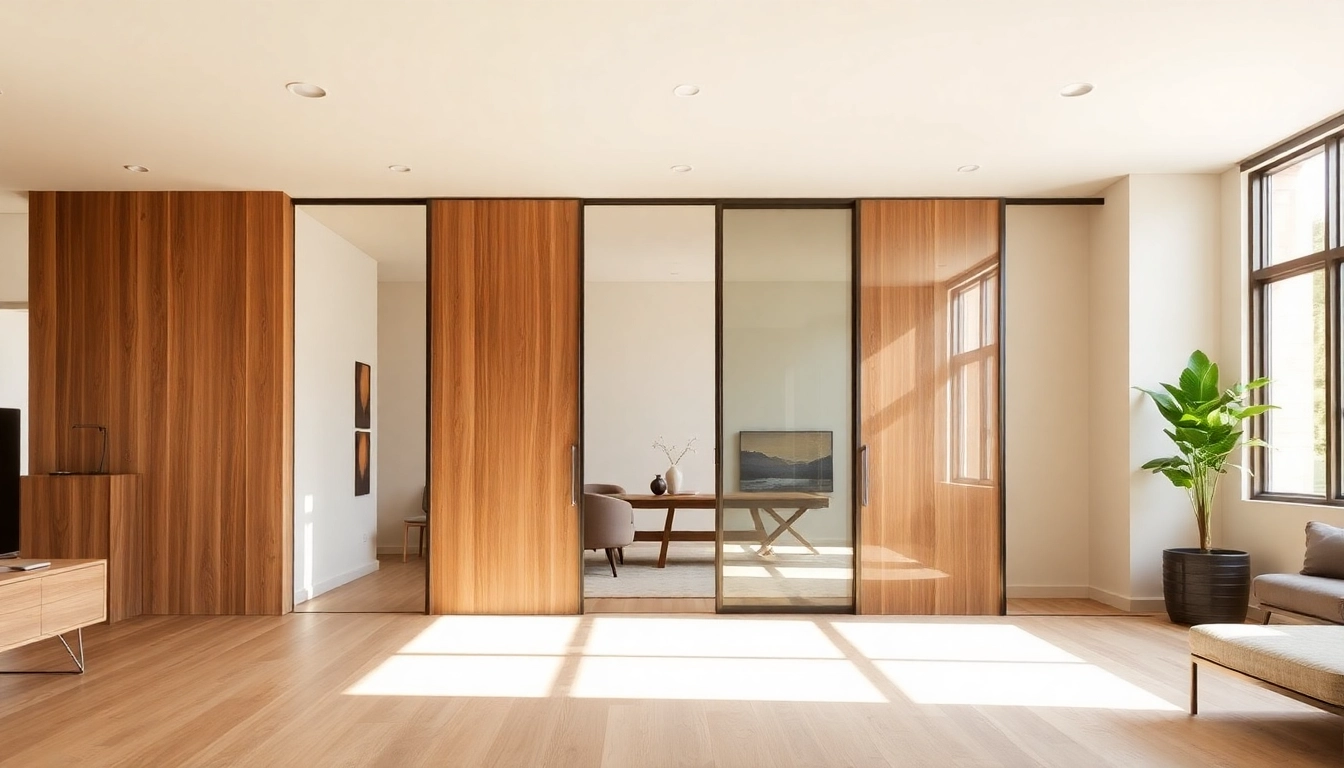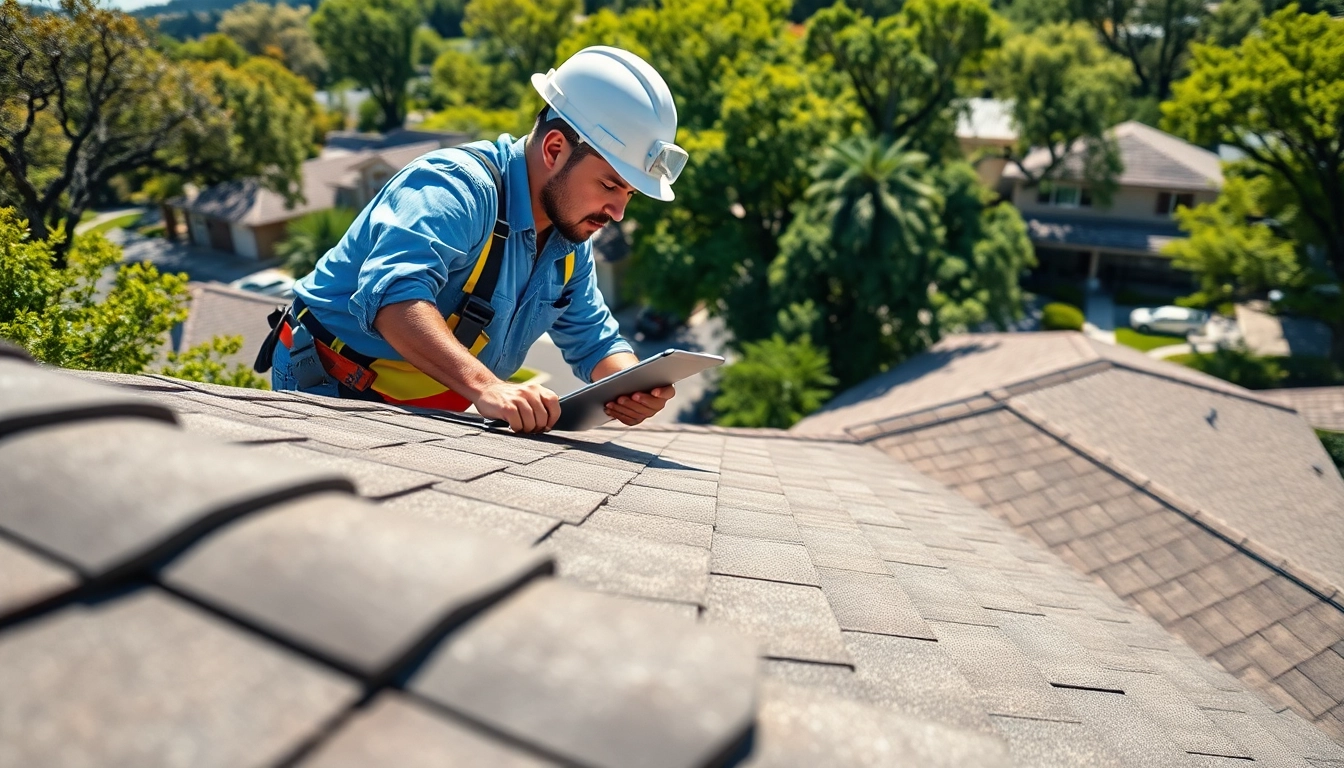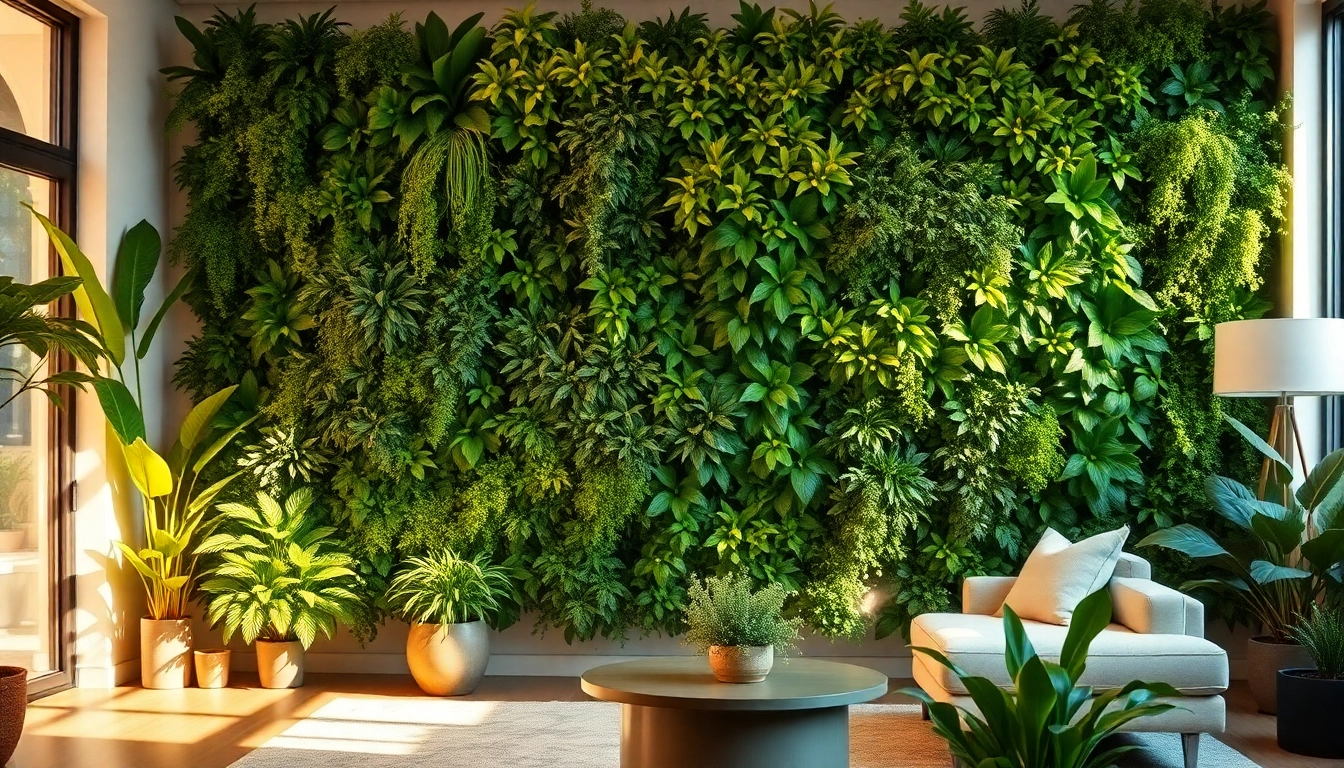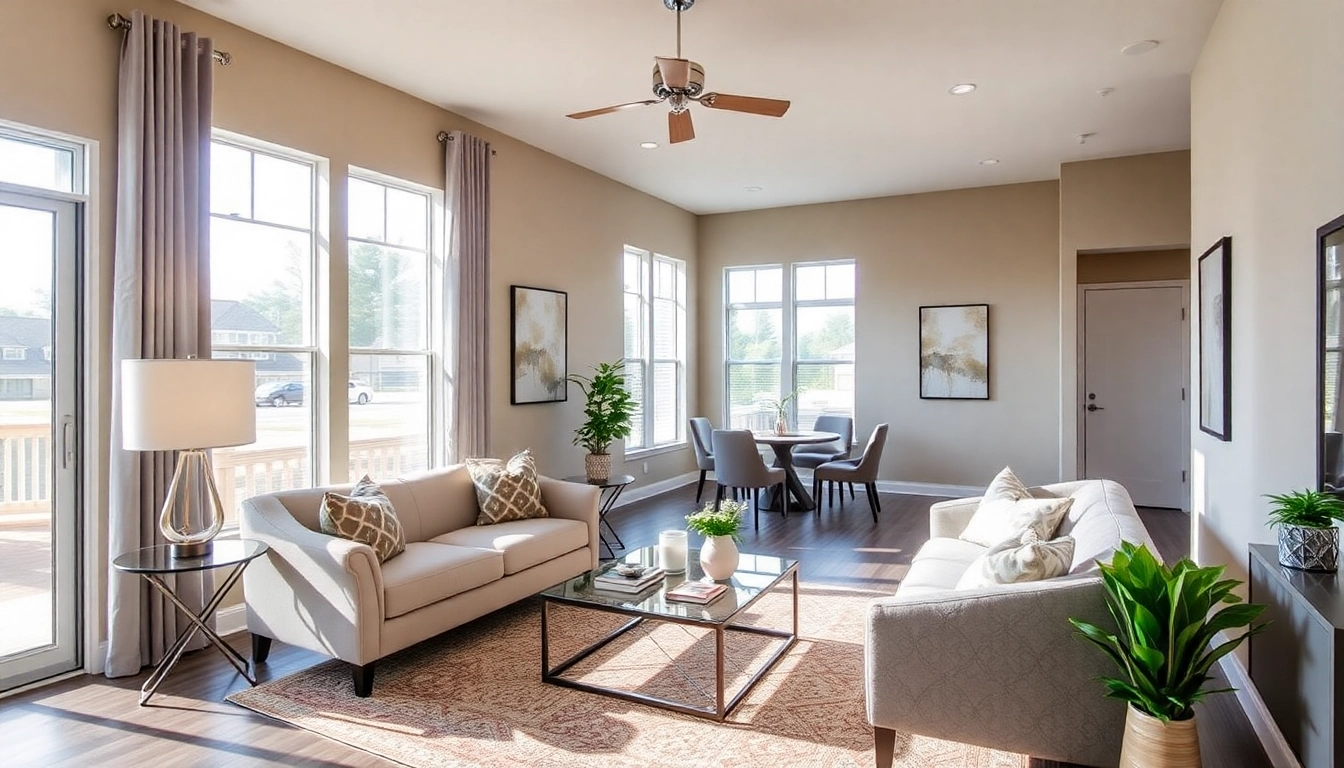Understanding Sliding Partition Walls
What is a Sliding Partition Wall?
A sliding partition wall is a versatile architectural solution designed to create flexible spaces in both residential and commercial environments. Unlike traditional walls, which are static and fixed, sliding partition walls can be easily moved to alter room configurations. These walls typically consist of panels that slide along a track, allowing you to separate or open up spaces as needed, offering a unique blend of functionality and style.
Benefits of Sliding Partition Walls
Sliding partition walls provide numerous advantages, making them a popular choice for modern interiors:
- Flexibility: They allow you to quickly adjust the layout of a room based on your needs—perfect for multipurpose spaces or for creating private areas in open environments.
- Space Management: Sliding walls help to optimize space utilization, especially in smaller areas where folding or movable walls can be more practical than fixed walls.
- Sound Control: Many sliding partitions are designed to reduce noise transmission, essential for offices or shared living spaces.
- Aesthetic Appeal: Available in various materials, finishes, and styles, sliding partition walls can enhance the overall design of your space.
How They Differ from Traditional Walls
The primary distinction between sliding partition walls and traditional walls lies in their functionality and design:
- Mobility: While traditional walls are immovable, sliding partitions offer the ability to create dynamic layouts, making them ideal for adapting to changing needs.
- Installation: Sliding walls often require less construction effort and can be installed in existing spaces without major renovations, whereas traditional walls typically demand extensive remodeling.
- Cost-Effectiveness: In many instances, sliding partitions can be a more economical option than building new walls, particularly in commercial spaces where ease of adaptability is crucial.
Choosing the Right Sliding Partition Wall
Materials and Designs
The material of your sliding partition wall impacts both aesthetics and functionality. Common materials include:
- Wood: Offers a classic, warm look and can be customized with finishes. Suitable for residential spaces.
- Glass: Ideal for modern offices, glass walls provide transparency and openness while still offering sound control.
- Fabric: Lightweight and flexible, fabric panels can enhance sound absorption and are often used in home settings.
- Metal: Highly durable and often used in industrial settings, metal panels provide an edgy and contemporary feel.
Measuring Your Space
Choosing the right sliding partition involves accurate space measurement:
- Determine the dimensions of the area where you plan to install the partition.
- Consider the height of the ceiling to ensure the partition wall can operate smoothly without obstruction.
- Account for floor space—a sliding partition requires enough room to operate without blockages.
Popular Brands and Options
Several popular brands provide high-quality sliding partition walls, each offering unique features:
- Raydoor: Known for their customizable designs and high-quality materials, making them perfect for high-end installations.
- Versare: Offers a range of operable wall solutions that are budget-friendly without compromising quality, suitable for both homes and office spaces.
- Modernfold: This brand specializes in movable walls that provide acoustic solutions, particularly useful in commercial settings.
Installation Process for Sliding Partition Walls
DIY vs. Professional Installation
Deciding between DIY and hiring a professional is crucial:
DIY installation can save money and give you a sense of achievement, but it requires a good understanding of tools, materials, and the installation process. On the other hand, hiring professionals ensures that the wall is installed correctly and efficiently, which can prevent future issues often caused by improper installation.
Tools and Materials Needed
If you opt for a DIY installation, ensure you have the following tools and materials:
- Drill and drill bits
- Level
- Measuring tape
- Sliding door hardware kit
- Stud finder
- Screws and anchors (if necessary)
Step-by-Step Installation Guide
- Begin by measuring your space and marking where the partition will be installed on the wall.
- Install the top track according to the manufacturer’s instructions, ensuring it is level.
- Attach the sliding panels to the track, making sure they can move freely.
- Secure the bottom track if required, or ensure that the panels can operate without obstruction.
- Test the movement of your sliding partition wall before finalizing the installation.
Cost Considerations for Sliding Partition Walls
Budgeting for Materials and Installation
When budgeting for a sliding partition wall, consider:
- Material costs: Quality materials impact the overall budget.
- Installation fees: Professional installation can add significantly to total costs.
- Maintenance: Ensure to factor in future upkeep which can include repairs and regular cleaning.
Long-Term Savings with Sliding Partitions
Investing in sliding partition walls may seem costly upfront but can lead to savings:
- Reduced utility costs due to better space management and energy efficiency.
- The ability to adapt spaces for different uses, reducing the need for long-term renovations.
- Increased property value, as flexible spaces are often more appealing to potential buyers or renters.
Comparing Costs with Other Room Dividers
When comparing sliding partition walls to other types of room dividers, consider not just the initial costs but also:
- Longevity: Sliding partitions often last longer than temporary solutions like curtains or folding screens.
- Functionality: They offer more versatility than traditional dividers, which can be limited in their use.
Maintenance and Care for Sliding Partition Walls
Regular Upkeep and Cleaning Tips
Maintaining your sliding partition wall involves basic upkeep, which can prolong its lifespan:
- Regularly clean the tracks to prevent dirt buildup.
- Check for and remove any obstructions that may hinder smooth operation.
- Use appropriate cleaning products based on the material of the partitions.
Common Issues and Repairs
Some common issues that may arise include:
- Sticking Panels: Often resolved by cleaning and lubricating the track.
- Misalignment: This can be adjusted by checking and tightening the mounting hardware.
- Wear and Tear: Regular inspections can identify potential problems early, allowing for timely repairs.
Enhancing Durability over Time
To enhance the durability of your sliding partition walls:
- Choose high-quality, durable materials from trusted brands.
- Implement preventive measures, such as using door dampers to reduce the impact when sliding.
- Regular maintenance and timely repairs are crucial to preserving the functionality and appearance of the walls.



